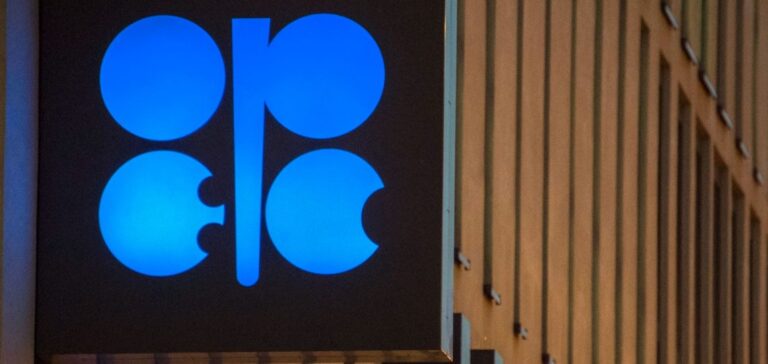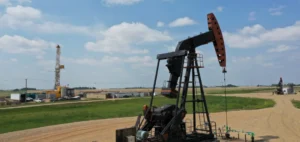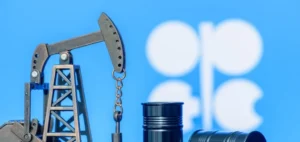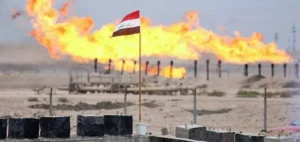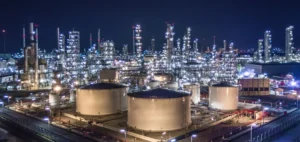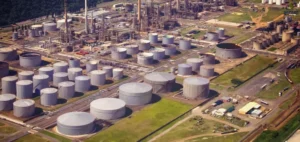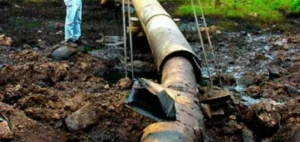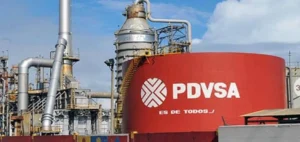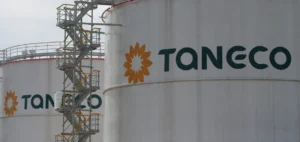OPEC appears to be forecasting continued oil demand growth for 2023. Thus, it forecasts demand growth of 3.1 million b/d in 2022 and an additional 2.7 million b/d for 2023. These estimates take into account recession fears.
OPEC stays the course for 2023
In addition, OPEC believes that economic performance is still strong in many countries. At the same time, there is a phenomenon of substitution of gas by oil for the production of electricity. In fact, soaring gas prices imply emergency withdrawals to the latter.
Also, according to OPEC, several elements must be taken into account. The organization explains:
“Oil demand in 2023 is expected to be supported by continued strong economic performance in major consuming countries, as well as potential improvements in COVID-19 restrictions and reduced geopolitical uncertainties.”
In this sense, a global economic growth of 3.1% seems to be on the horizon by the end of the year. The fiscal support planned by governments to deal with rising energy prices should offset the anticipated market decline.
OPEC is also forecasting global oil demand of 3.1 million b/d in 2022. This estimate includes additional demand related to the armed conflict in Ukraine. The latter has had a significant impact on natural gas prices. In this way, buyers are switching from gas to crude oil, even though its price has also increased since February.
Earlier this month, OPEC+ countries met to reduce their production quotas by 100,000 barrels. The fluctuations in the market had concerned the group, which found itself obliged to take measures to maintain high prices. On October 5, OPEC ministers will meet to decide on their November production.
What about oil production?
To date, only Saudi Arabia and the United Arab Emirates have sufficient spare capacity. This allows them to increase their production if necessary.
In addition, OPEC’s total production for the month of August was 29.651 million b/d. This exceeded the previous month’s production of 29,033 million b/d.
At the same time, a rise is also expected in non-OPEC oil supply. Thus, it is estimated at 2.1 million b/d in 2022 and 1.73 million b/d in 2023.
Some countries seem to be positioning themselves at the head of the race to be the growth drivers for next year. This is the case in Canada, Brazil, the United States and Norway. On the other hand, a decrease in oil production is expected mainly from Russia and Azerbaijan.

